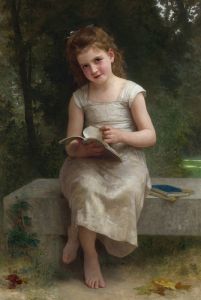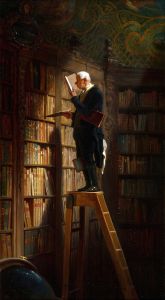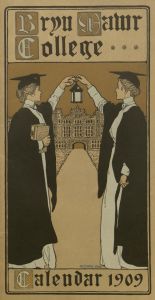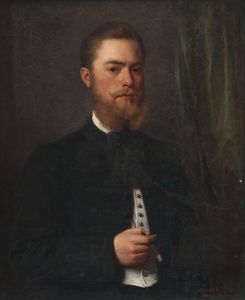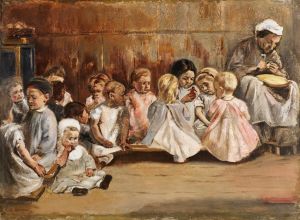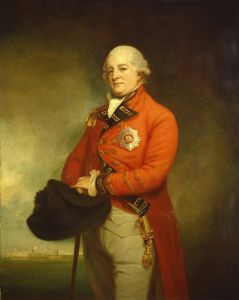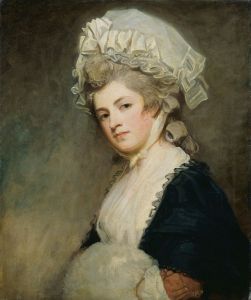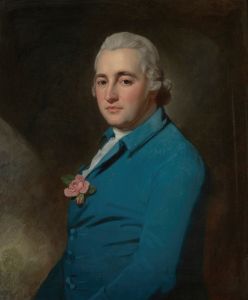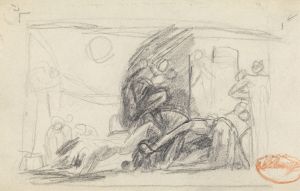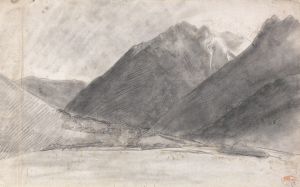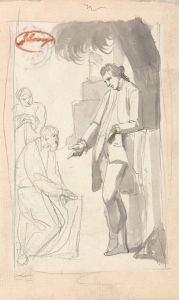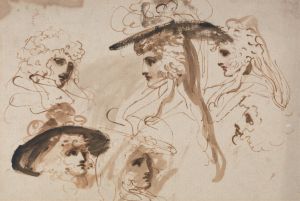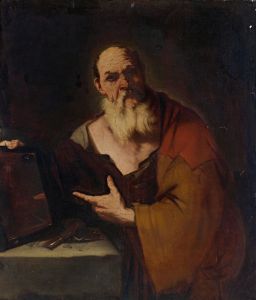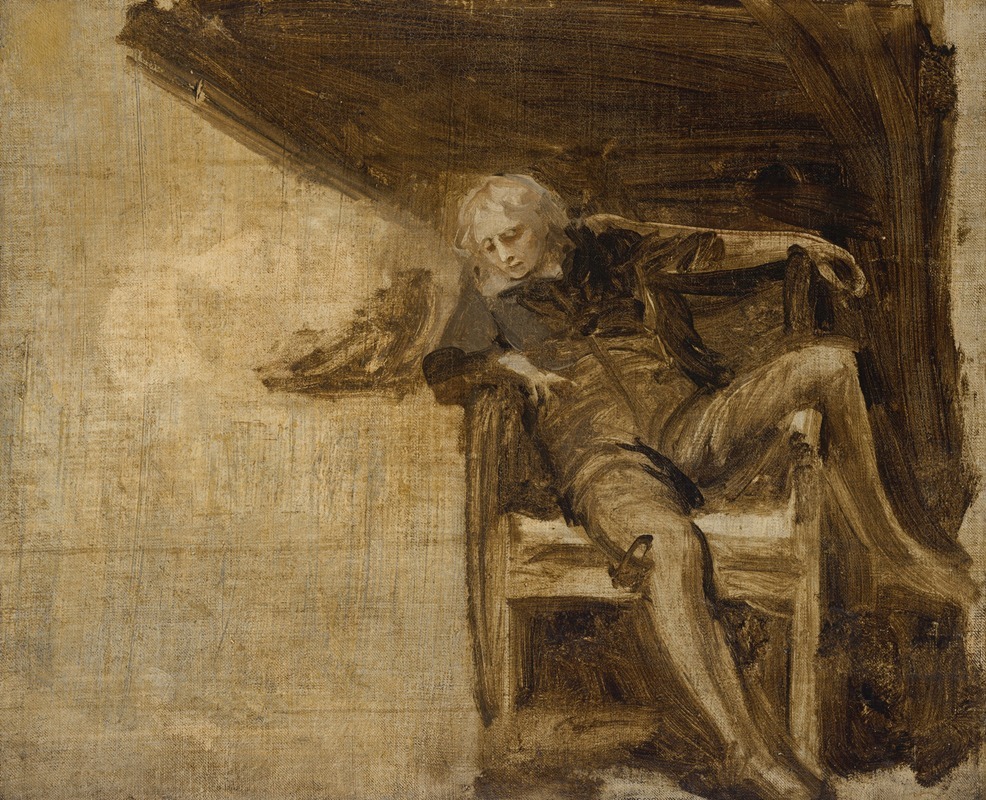
Study for Milton and his daughters
A hand-painted replica of George Romney’s masterpiece Study for Milton and his daughters, meticulously crafted by professional artists to capture the true essence of the original. Each piece is created with museum-quality canvas and rare mineral pigments, carefully painted by experienced artists with delicate brushstrokes and rich, layered colors to perfectly recreate the texture of the original artwork. Unlike machine-printed reproductions, this hand-painted version brings the painting to life, infused with the artist’s emotions and skill in every stroke. Whether for personal collection or home decoration, it instantly elevates the artistic atmosphere of any space.
"Study for Milton and his Daughters" is a notable artwork by the English artist George Romney, who was one of the leading portrait painters of the late 18th century. This particular study is part of Romney's exploration of literary and historical themes, which was a common practice among artists of his time who sought to capture the intellectual and cultural spirit of the era.
George Romney was born in 1734 in Dalton-in-Furness, Lancashire, and rose to prominence as a portraitist, gaining a reputation for his ability to capture the likeness and character of his subjects. His interest in literature and history often led him to create works that depicted famous literary figures and scenes from well-known texts. "Study for Milton and his Daughters" reflects this interest, as it is inspired by the life of the renowned English poet John Milton.
John Milton, best known for his epic poem "Paradise Lost," was a significant figure in English literature. By the later years of his life, Milton had become blind, and it is historically noted that his daughters assisted him by transcribing his dictations. This familial relationship and the act of creative collaboration between Milton and his daughters have been subjects of artistic and literary interest.
Romney's study captures this intimate and poignant aspect of Milton's life. Although the exact date of the study is not definitively known, it is believed to have been created during the late 18th century, a period when Romney was actively producing works that explored historical and literary themes. The study likely served as a preparatory work for a larger, more finished painting, a common practice among artists to refine their compositions and ideas.
In "Study for Milton and his Daughters," Romney employs his characteristic style, which is noted for its fluidity and expressiveness. His use of light and shadow, as well as his attention to the emotional dynamics between the figures, reflects his skill in conveying narrative through portraiture. The study would have been part of Romney's broader body of work that includes both portraits of contemporary figures and imaginative compositions based on historical and literary subjects.
Romney's exploration of Milton's life through this study highlights the intersection of visual art and literature, a theme that was prevalent during the Enlightenment period. Artists like Romney were deeply influenced by the cultural and intellectual currents of their time, and their works often reflect a dialogue between different forms of artistic expression.
Today, "Study for Milton and his Daughters" is appreciated not only for its artistic merit but also for its contribution to the visual representation of literary history. It serves as an example of how artists of the 18th century engaged with the literary figures of the past, bringing their stories and relationships to life through the medium of painting.





